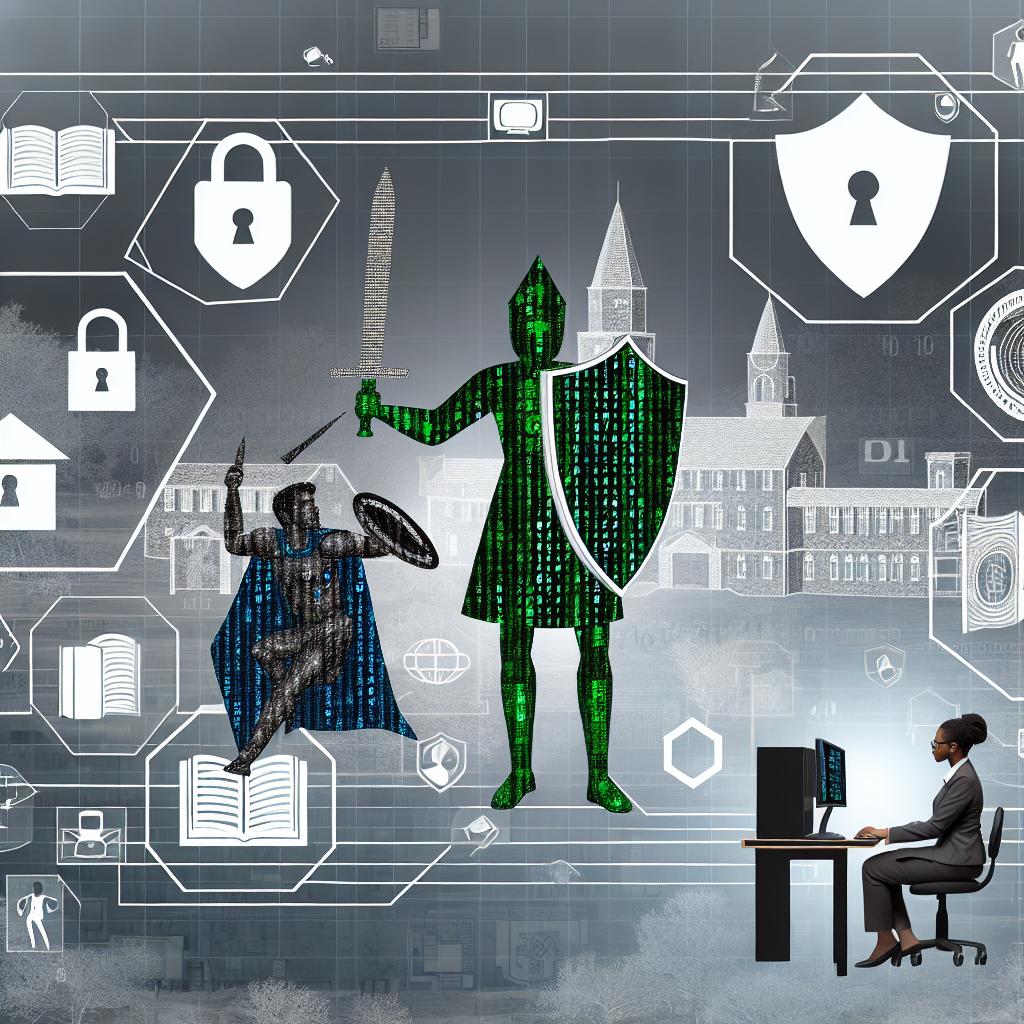in today’s digital age, the education sector is facing unprecedented threats from cyberattacks. From hackers targeting student information to ransomware attacks on school systems, the need for robust cyber defence in academia has never been greater. In this article, we will explore the surge in attacks on the education sector and discuss strategies for how cyber defenders can effectively respond to these evolving threats.
the Rise of Cyber Attacks in Education: Understanding the Threat Landscape
The education sector is experiencing a notable increase in cyber attacks, posing a serious threat to schools, colleges, and universities. With the rise of remote learning and digital classrooms, educational institutions have become prime targets for hackers looking to exploit vulnerabilities for financial gain or to disrupt operations. It is crucial for cyber-defenders to understand the evolving threat landscape and implement robust security measures to protect sensitive data and ensure the continuity of learning. Some key strategies to respond to these attacks include:
- Regular security training: Educating staff and students on cybersecurity best practices can help prevent common attacks like phishing scams.
- Network segmentation: Segmenting networks can limit the impact of a potential breach and prevent attackers from moving laterally across systems.
- Endpoint protection: Implementing strong endpoint protection solutions can help detect and block malicious activity on devices connected to the network.

Strategies for Cyber Defenders: Safeguarding the Education Sector
One effective strategy for cyber defenders in safeguarding the education sector is to prioritize proactive monitoring and threat detection. By implementing real-time monitoring tools and staying alert for any unusual activities or anomalies, defenders can swiftly identify and respond to potential threats before they escalate. Additionally, conducting regular security assessments, penetration testing, and security audits can help identify vulnerabilities and weaknesses in the system that malicious actors could exploit. Regular training and awareness programs for staff and students on cybersecurity best practices can also empower individuals to recognize and report suspicious activities, further strengthening the overall security posture of the education sector.
Insights and conclusions
As attacks on the education sector continue to rise, it is indeed imperative for cyber-defenders to stay vigilant and proactive in their approach to protecting valuable educational resources. By implementing robust cybersecurity measures and fostering a culture of awareness and readiness, we can better defend against the onslaught of cyber threats. Together, let us work towards safeguarding our educational institutions and ensuring a safe and secure learning surroundings for all.







